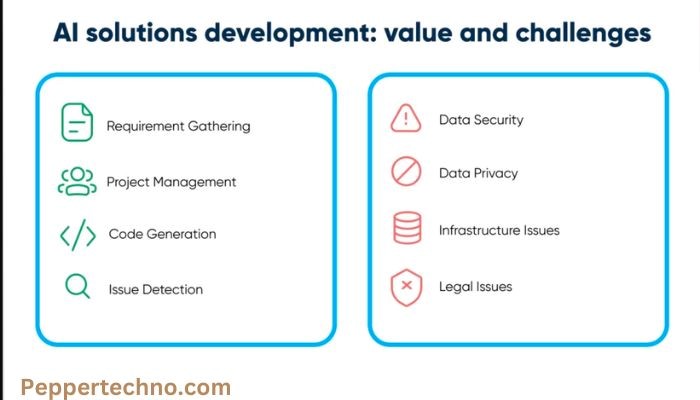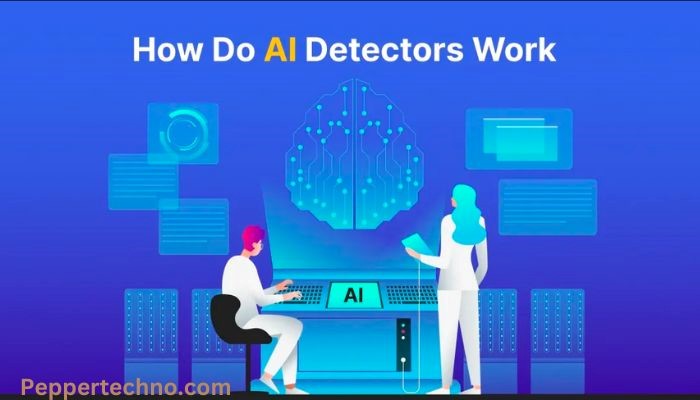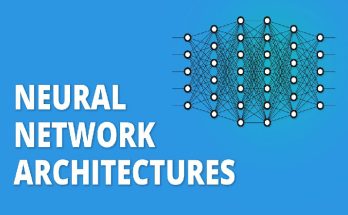From Algorithms to Action: Understanding How Do Ai Detectors Work
AI detectors have become an integral part of our everyday lives, playing a crucial role in various industries and sectors. These detectors use artificial intelligence algorithms to analyze and interpret data, allowing them to detect patterns, make predictions, and identify specific objects or behaviors. From facial recognition systems to speech recognition software, AI detectors have revolutionized the way we interact with technology and have the potential to greatly impact society and industry. In this article, we will explore the inner workings of AI detectors, the role of algorithms in their operation, the importance of data, the challenges in their development, and the ethical considerations surrounding their use.

Introduction to AI Detectors
AI detectors, also known as artificial intelligence detectors, are systems that use artificial intelligence algorithms to analyze and interpret data in order to detect specific objects, behaviors, or patterns. These detectors are designed to mimic human intelligence and are capable of learning from experience and improving their performance over time. They can be found in various applications and industries, ranging from security systems and autonomous vehicles to healthcare and customer service.
The Role of Algorithms in AI Detectors
Algorithms play a crucial role in the operation of AI detectors. These detectors rely on complex mathematical algorithms to process and analyze data, allowing them to make accurate predictions and identify specific patterns or objects. The accuracy of these algorithms is essential for the effectiveness of AI detectors. A small error in the algorithm can lead to false positives or false negatives, which can have serious consequences in certain applications. Therefore, developers of AI detectors must ensure that their algorithms are accurate and reliable.
Understanding the Inner Workings of AI Detectors
AI detectors process data by using machine learning and deep learning techniques. Machine learning is a subset of artificial intelligence that focuses on enabling machines to learn from data without being explicitly programmed. Deep learning, on the other hand, is a subset of machine learning that uses artificial neural networks to simulate the way the human brain works. These neural networks are composed of layers of interconnected nodes, or artificial neurons, that process and analyze data.
Types of AI Detectors and Their Applications
There are various types of AI detectors, each with its own specific applications and uses. One of the most common types is image detectors, which are used in facial recognition systems, object detection, and image classification. Speech detectors are another type, used in speech recognition software and virtual assistants. Text detectors are used in natural language processing applications, such as sentiment analysis and text classification. Other types of AI detectors include video detectors, sensor detectors, and anomaly detectors.
The Importance of Data in AI Detectors
Data is a crucial component of AI detectors. These detectors rely on large amounts of data to learn and improve their performance. The quality and quantity of data used in training AI detectors can greatly impact their accuracy and reliability. High-quality data that is representative of the real-world scenarios the detectors will encounter is essential for their effectiveness. Additionally, having a large and diverse dataset allows the detectors to learn from a wide range of examples and improve their ability to detect patterns or objects.
Challenges in Developing AI Detectors
Developing accurate and reliable AI detectors comes with its own set of challenges. One of the main challenges is ensuring that the detectors are not biased. AI detectors learn from the data they are trained on, and if the data contains biases or inaccuracies, the detectors can also exhibit those biases. This can have serious consequences, especially in applications such as facial recognition systems that have been shown to have higher error rates for certain demographic groups. Another challenge is the ethical considerations surrounding the use of AI detectors, such as privacy concerns and potential misuse of the technology.
Ethics and AI Detectors: Balancing Accuracy and Privacy
Balancing accuracy and privacy is a crucial ethical consideration when it comes to AI detectors. While accurate detectors can greatly benefit society and industry, they also raise concerns about privacy and surveillance. Facial recognition systems, for example, have been criticized for their potential to infringe on individuals’ privacy and civil liberties. Striking a balance between accuracy and privacy is essential to ensure that AI detectors are used responsibly and ethically.
Future of AI Detectors: Advancements and Innovations
The future of AI detectors holds great potential for advancements and innovations. As technology continues to evolve, AI detectors are expected to become even more accurate and reliable. Advancements in machine learning and deep learning techniques will allow detectors to process and analyze data more efficiently, leading to improved performance. Additionally, the integration of AI detectors with other technologies, such as robotics and Internet of Things (IoT), will open up new possibilities and applications.
Real-World Examples of AI Detectors in Action
AI detectors are already being used in various real-world applications. Facial recognition systems, for example, are used in security systems, law enforcement, and even social media platforms. Speech recognition software is used in virtual assistants like Siri and Alexa, making it easier for users to interact with their devices. Text detectors are used in spam filters and language translation services. These examples demonstrate the impact that AI detectors have on society and industry.
Conclusion: The Impact of AI Detectors on Society and Industry
AI detectors have become an integral part of our everyday lives, playing a crucial role in various industries and sectors. These detectors use artificial intelligence algorithms to analyze and interpret data, allowing them to detect patterns, make predictions, and identify specific objects or behaviors. The accuracy of these detectors relies on the quality and quantity of data used in training, as well as the accuracy of the algorithms used.
While AI detectors offer great potential for advancements and innovations, they also raise ethical concerns that need to be addressed. Striking a balance between accuracy and privacy is essential to ensure that AI detectors are used responsibly and ethically. Overall, AI detectors have the potential to greatly impact society and industry, and their future advancements hold great promise.



